Features of soaking tomato seeds before sowing
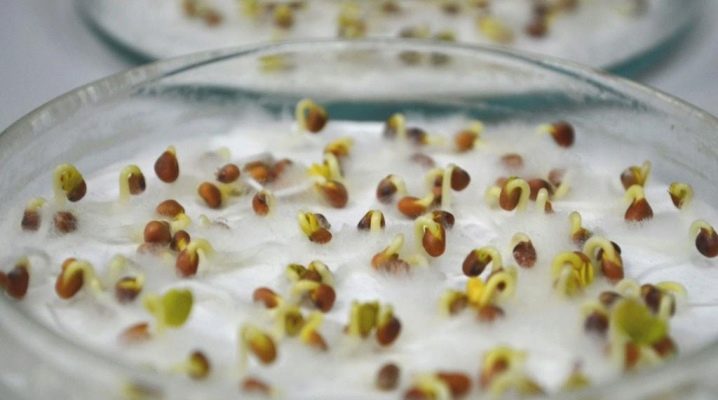
Soaking in a stimulating or disinfecting solution is an important step in preparing tomato seeds for sowing. The procedure should be carried out immediately before transferring the material to the ground.
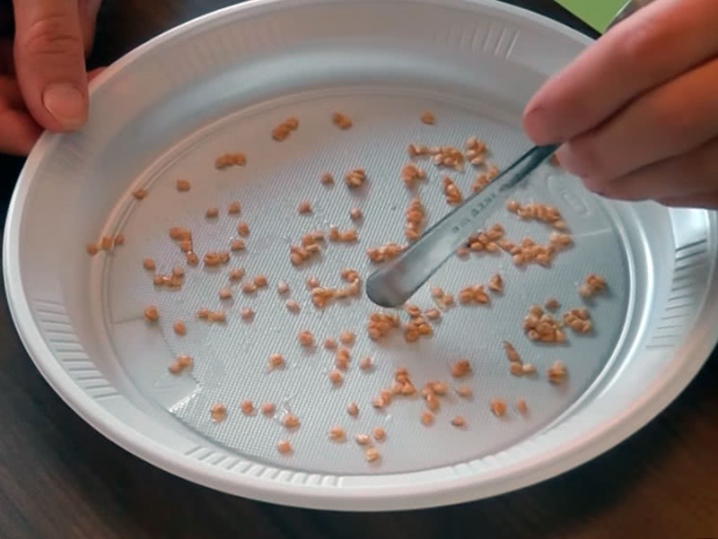
The need for soaking
Locking tomato seeds before sowing is a procedure that largely increases the likelihood of their further germination. Ignoring this important step leads not only to a disruption in the development of seedlings, but even to a decrease in their immunity, infection with fungal diseases and the appearance of insects. This rule is relevant for all varieties of tomatoes grown both in a greenhouse and in the open field or even in an apartment. According to experts, preliminary soaking can increase the yield by almost 30%. After treatment, the incidence of crop disease is halved.
It should be mentioned that soaking promotes the swelling of the seeds, as a result of which they develop faster and at the same time sprout.
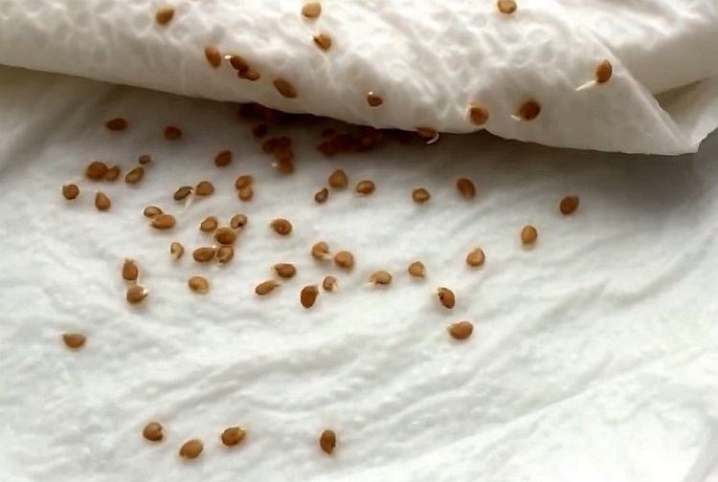
The lock is considered mandatory if expired seeds are involved or those whose origin is not identified. The reasons for the procedure are ignorance of the year of collection, as well as the expired date of planting a culture for seedlings. It is better to soak the seed if the variety involved is of value or even rarity, and also if the germination of a particular variety is in doubt. However, in some cases, such pre-processing, on the contrary, should not be carried out. For example, this is true in the case of your own planting material, the germination of which will definitely be successful, as well as when planting a large number of specimens.
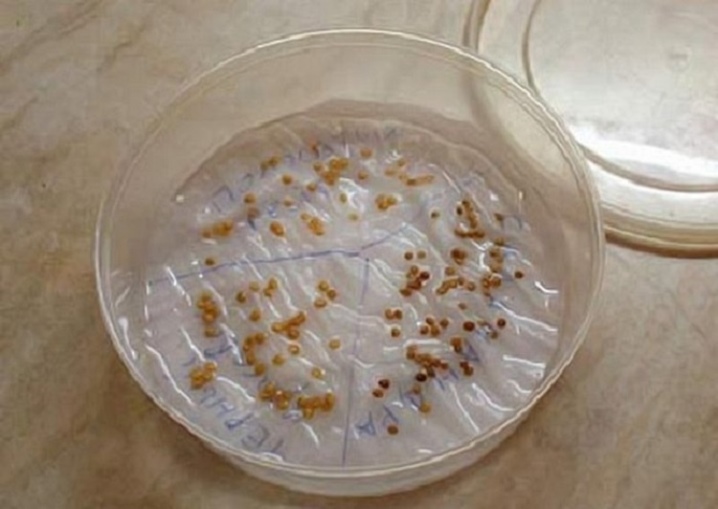
How long should you soak?
The duration of the procedure is determined depending on the solution used. For example, in the case of warm water, it will take several hours, on average about 14. The younger the grains, the less they will have to stay in the water. On the other hand, stale material takes a day or even more.
If fresh seeds, after spending a day in water, have not really swollen, then it is recommended to throw them away, since the emergence of seedlings is considered unlikely.
This is especially true for hybrids marked F1 on the packaging. Soaking in plain water is usually followed by immersion in fungicides or growth promoters, which takes much less time.
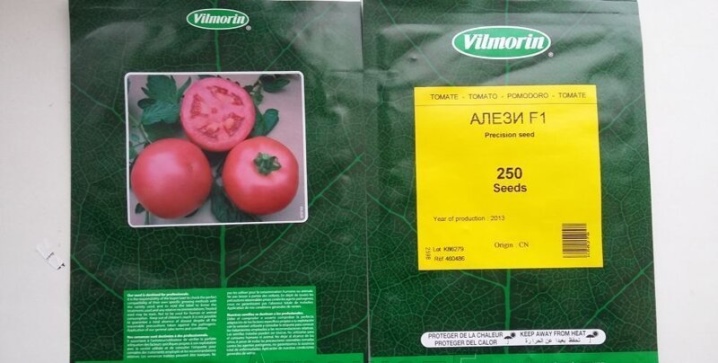
In what and how to soak?
Soaking tomato seeds before sowing for seedlings can be carried out using different liquids, including ordinary melt water. Some of them disinfect the seed, while others, being activators, allow sprouts to ascend faster. Keeping seeds in clean water with a temperature slightly above room temperature, but not too hot, is always considered basic. It is also possible to use its thawed or rain type.
The liquid should only be a couple of centimeters above the seed level.
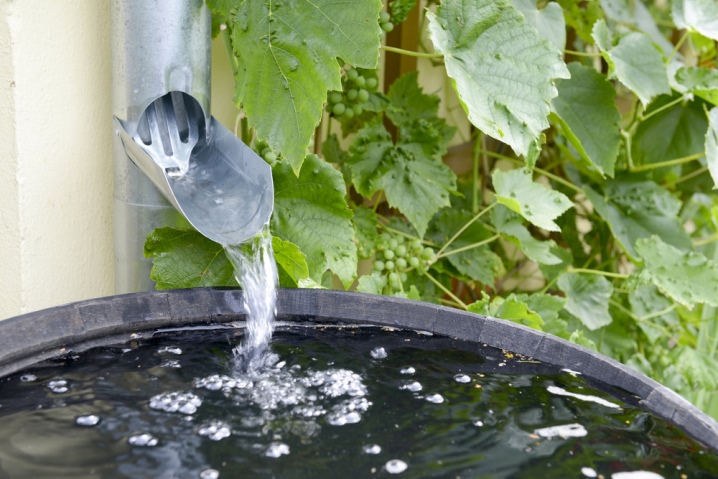
In other words, its volume turns out to be a quarter less than that of hard peas. Before you dip the grains, they will need to be removed in a multilayer gauze bandage tied in a bag. During the procedure, especially if it lasts from 12 to 18 hours, the water will need to be changed 3-5 times.It is also recommended from time to time to remove the bag for a couple of seconds so that the processed material is saturated with oxygen.
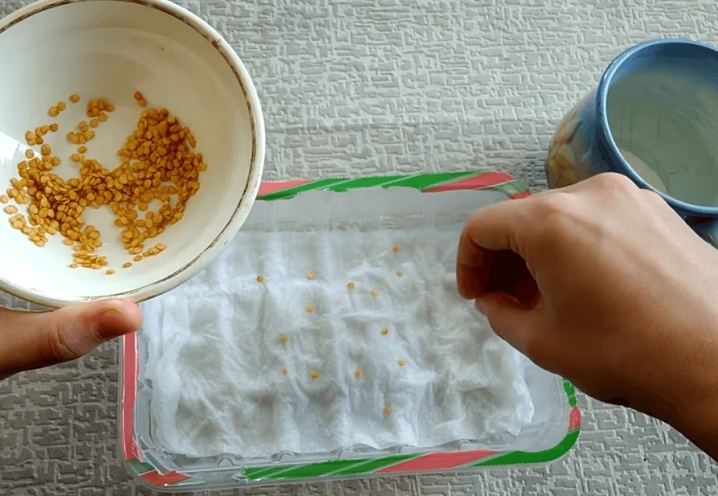
Solutions
One of the simplest ways is to keep the grains in a solution of potassium permanganate. In this case, you should take a freshly prepared one percent variety of the drug. Quite often, three percent hydrogen peroxide is also used for pre-sowing treatment. This pesticide of natural origin simultaneously performs several functions: it stimulates the vital activity of seeds, softens the shell, provides aeration and prevents the development of fungal diseases and the appearance of mold. For tomatoes, it is better to use a three percent solution.

Before planting tomatoes, it makes sense for the seeds to spend time immersed in chlorhexidine. A pharmacy solution that prevents the development of fungi can be a worthy alternative to hydrogen peroxide or potassium permanganate.
Some purchased drugs are intended solely to activate the germination of seeds. In this case, we are talking about solutions such as "Epin", "Kornevin" and "Immunocytofit". Several homemade mixtures based on natural ingredients have similar properties. Affordable, but at the same time effective is aloe juice - a natural stimulant that can accelerate metabolic processes occurring inside the seeds, as well as prevent the further development of fungal diseases. Using a safe and nutritious product can revive stale or poor quality grains.
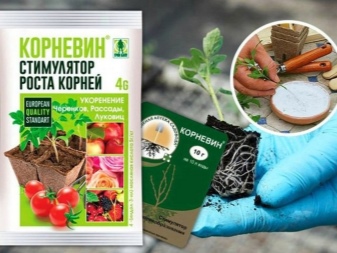
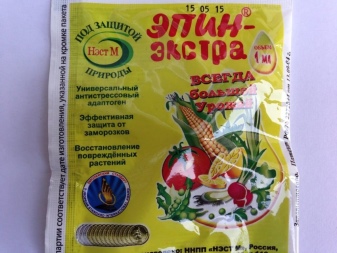
The composition of bee honey affects the grains in such a way that they begin to develop faster. In addition, the natural substance strengthens the immunity of the nightshade crop. For use as a biostimulant, natural honey will first need to be diluted with water. In principle, potato juice also gives good results. Dry onion husks will not only have a positive effect on the germination of tomatoes, but also increase their resistance to aphids, spider mites and other insects.
For greater efficiency, the vegetable infusion is mixed with a solution of wood ash.
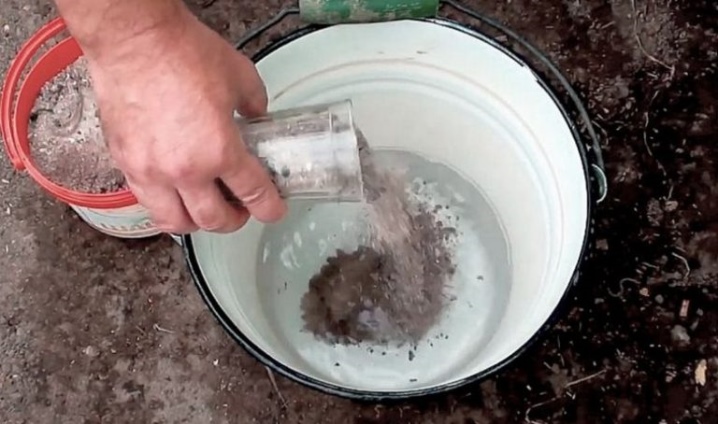
"Fitosporin M" makes it possible to prevent infection of the culture with black leg and late blight. "Epin" plant-based makes the germination process faster, and also strengthens the immunity of tomatoes, increasing resistance to adverse factors. A powerful activator has similar characteristics. "Zircon", which is based on chicoric acid. In order for the seedlings to develop at the same time, it is better to use succinic acid. Wood ash is not used in its natural form, but in the form of a solution.
It is prepared from a couple of tablespoons of the substance and a liter of boiled water, and the infusion of the nutritious "cocktail" is carried out for about two days.
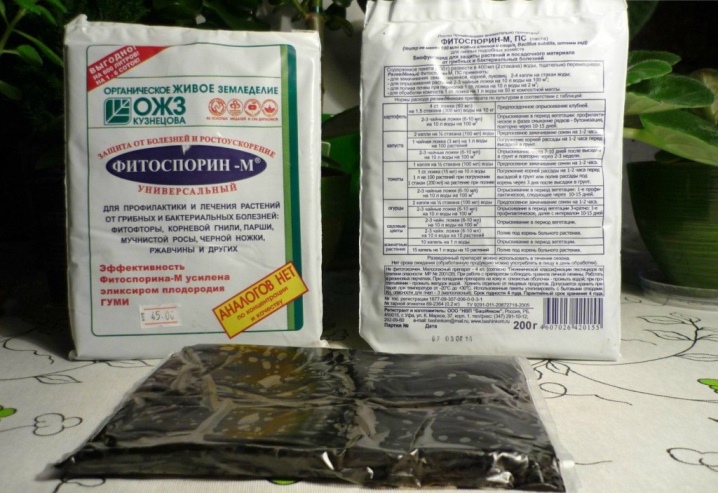
Natural milk is in every sense a safe product, rich in nutrients and promoting the growth of seedlings. For the lock, it is customary to use only its fresh variety, preferably a steam room. The gardeners' arsenal also contains a solution of brilliant green, an infusion of garlic, soda, alcohol, two percent copper sulfate and even iodine.

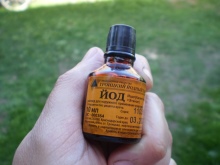
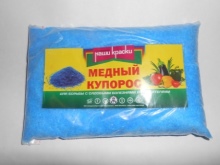
Technology
When using potassium permanganate, it will be correct to first soak the seeds in warm water. When they are swollen enough, the samples can be removed in cheesecloth and dipped directly into the bright pink liquid obtained by dissolving a milligram of crystals in a liter of heated boiled water. After processing, which lasts 15-20 minutes, the material is poured onto a plate, washed in clean water and dried.
In hydrogen peroxide, heated to +40, the seeds, being in a tissue bag, should remain for about 10 minutes, after which they will need to be poured onto a paper napkin and left to dry until free-flowing. Chlorhexidine solution requires a half-hour immersion of the seeds. The liquid can simply be poured into a plate, and then put the samples there.
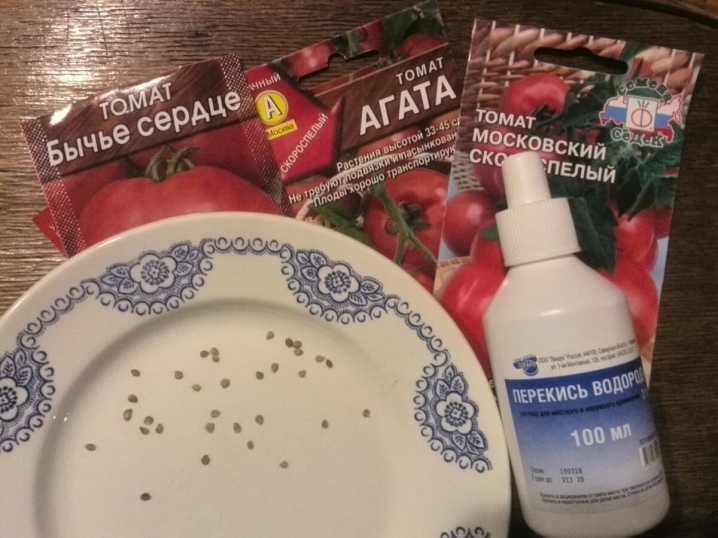
Or you can use it to impregnate a piece of gauze into which the grains will be wrapped afterwards.
To get aloe juice, you need to take a plant that is at least three years old and cut off some of the bottom leaves from it. The fragments are wrapped in paper or a piece of dry cloth, and then put away in the refrigerator for a week or even two. After the above period, the fleshy leaves are crushed and squeezed to form a liquid. For soaking the seeds, pure juice can be used or its mixture with boiled water in a 1: 1 ratio. Processing will take a day, and then the material is immediately sown into the ground.
Honey processing takes place in a very different way. First, a spoonful of the gooey substance dissolves in a glass of water. The homogeneous mixture is poured into a flat plate, and the inoculum is placed in it so that they are only slightly covered with liquid.

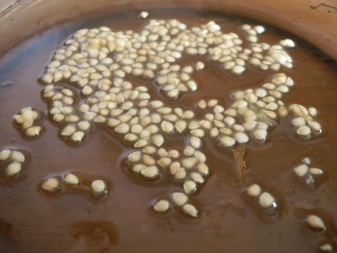
Soaking is carried out from 3 to 6 hours, and then the seed is immediately transferred to the ground without rinsing.
To expose the seeds to the action of potato juice, you must first select 2-4 root crops that have already begun to germinate. The fruits are frozen, and then removed from the refrigerator and left to thaw. When the potatoes are thawed, it's time to squeeze the juice out of them. The grains are sent to the resulting liquid for 6-8 hours, but only after soaking in ordinary water.
To prepare the onion solution, dry husks are poured with half a liter of water, taken in a 1 to 1 ratio with ash infusion. For greater effectiveness, the ingredients should be enriched with 5 grams of soda, a gram of potassium permanganate, and 0.3 g of boric acid. Pre-soaked grains stay in this biostimulator for about 6 hours. They can be sent to the ground only after light drying.
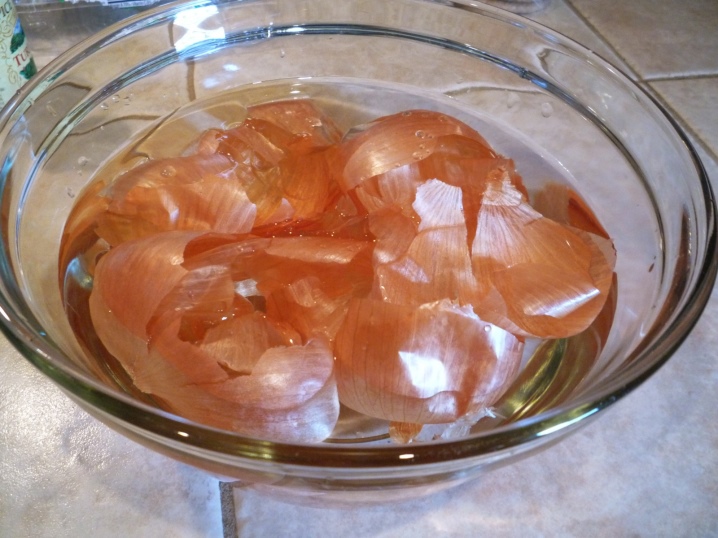
When choosing "Fitosporin", it is necessary to dilute 1.5 grams of the substance in a liter of water a couple of hours before the main procedure.
Then the seeds are immersed in the solution for a couple of hours, and then dried until they become free-flowing. It is customary to soak the material in "Epin" on the day of the planned planting of future seedlings. A nutritious "cocktail" is prepared from a couple of drops of the drug and 100 milliliters of pure water. Soaking lasts from 2 to 4 hours, depending on the condition of the material.
The interaction with "Zircon" takes place in a similar way, except that the working solution is prepared from 0.025 ml of the product and 100 ml of water. Succinic acid in an amount of 1.5 g is dissolved in one and a half liters of water. It is required to immerse tomato seeds for 12-24 hours. Samples stay in a solution of wood ash for a day. Milk is warmed up to 40 degrees before processing, and then placed in a warm place. The seeds will have to stay in it from 10 to 12 hours. Soda solution is prepared by dissolving 30 grams of powder in a liter of water. Soaking lasts about 3 hours, after which the washed samples are laid out on a cloth soaked in fertilizers.
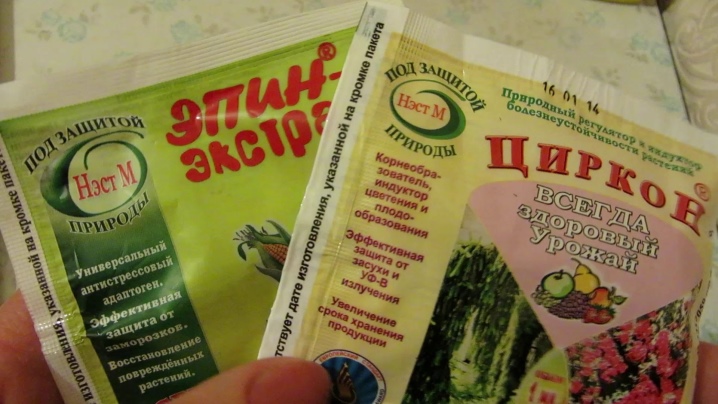
Useful Tips
Regardless of which products affect tomato seeds, the seed must first be calibrated, that is, select only whole, strong and weighty samples without any damage. The treatment will have to be carried out strictly according to the instructions, otherwise exceeding the exposure time will lead to an overdose of active substances. It is recommended to supplement soaking as part of pre-sowing preparation by hardening and bubbling, that is, oxygen saturation.
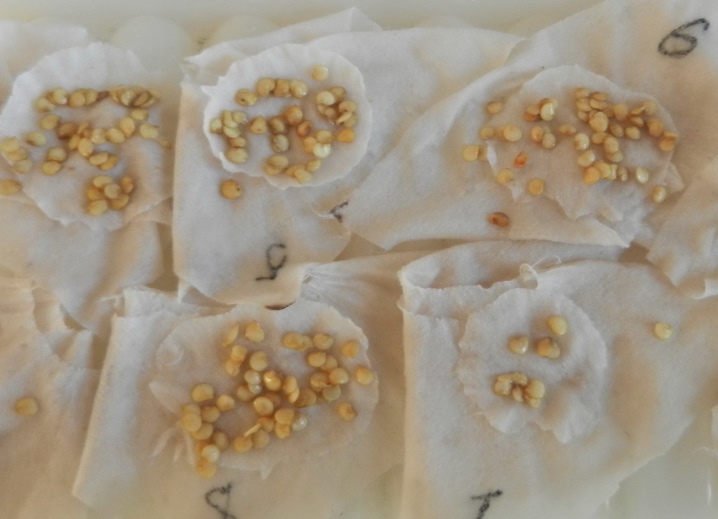













The comment was sent successfully.